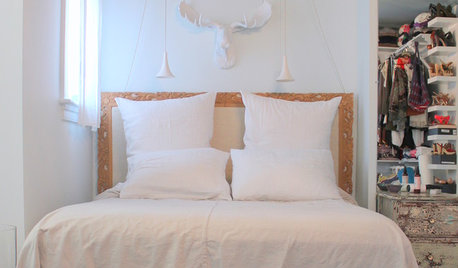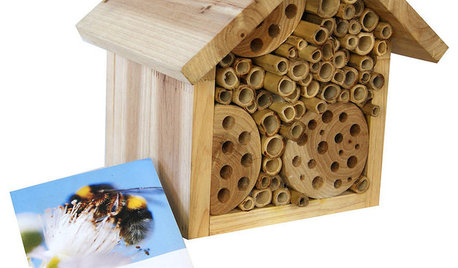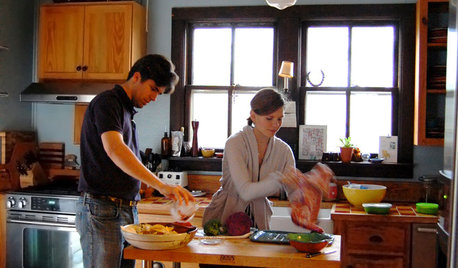Please post pics of host plant setup
spaceman13
12 years ago
Related Stories

GARDENING GUIDESGreat Design Plant: Silphium Perfoliatum Pleases Wildlife
Cup plant provides structure, cover, food and water to help attract and sustain wildlife in the eastern North American garden
Full Story
MOST POPULARModern Party Etiquette for Hosts and Guests
Learn the mannerly way to handle invitations, gifts and even mishaps for a party that's memorable for the right reasons
Full Story
MOST POPULAROvernight Guests Coming? How to Be a Great Host
Ensure a good time for all — including yourself — by following these steps for preparing for and hosting houseguests
Full Story
PRODUCT PICKSGuest Picks: 20 Ways to Play Garden Host to Birds and Bees
Perch some of these houses and feeders around your garden, and watch pollinators and feathered friends flock in
Full Story
ENTERTAINING8 Stress-Busting Tips for Hosting Small Gatherings
Make entertaining easy with these ideas for casual get-togethers
Full Story
HOME OFFICESQuiet, Please! How to Cut Noise Pollution at Home
Leaf blowers, trucks or noisy neighbors driving you berserk? These sound-reduction strategies can help you hush things up
Full Story
GARDENING GUIDES6 Plants That Beat Butterfly Bush for the Wildlife Draw
It's invasive, a nonnative and a poor insect magnet. Check out these better alternatives to butterfly bush in the garden
Full Story
GARDENING FOR BUTTERFLIES3 Ways Native Plants Make Gardening So Much Better
You probably know about the lower maintenance. But native plants' other benefits go far beyond a little less watering and weeding
Full Story
GROUND COVERSNative Alternatives to English Ivy, Japanese Pachysandra and Periwinkle
These shade-loving ground covers are good for the environment and say something about where you are
Full Story
FLOWERSRudbeckia Mania: Go Beyond Black-Eyed Susan in the Garden
Branch out from typical nursery fare, with lesser-known Rudbeckia species that have delightfully unexpected features
Full StoryMore Discussions







Mary Leek
bandjzmom
Related Professionals
Folsom Landscape Architects & Landscape Designers · Saint Louis Park Landscape Architects & Landscape Designers · Severn Landscape Architects & Landscape Designers · Matthews Landscape Contractors · Peabody Landscape Contractors · Broomfield Landscape Contractors · Dedham Landscape Contractors · Gallatin Landscape Contractors · Nashua Landscape Contractors · New Brighton Landscape Contractors · Pleasanton Landscape Contractors · Thornton Landscape Contractors · Hull Fence Contractors · Rome Fence Contractors · Bluffton Window ContractorsMissSherry
spaceman13Original Author
MissSherry
spaceman13Original Author
mytabbycat
KC Clark - Zone 2012-6a OH
terrene
spaceman13Original Author